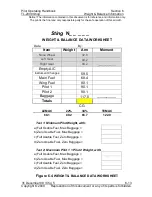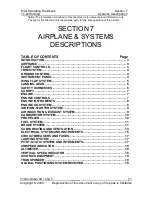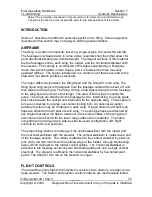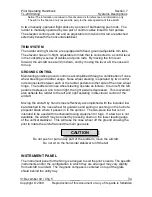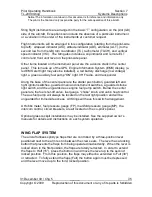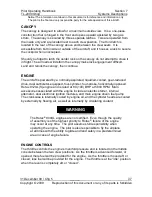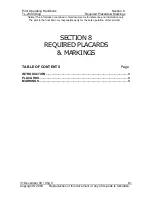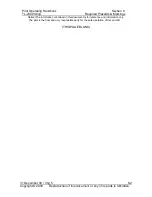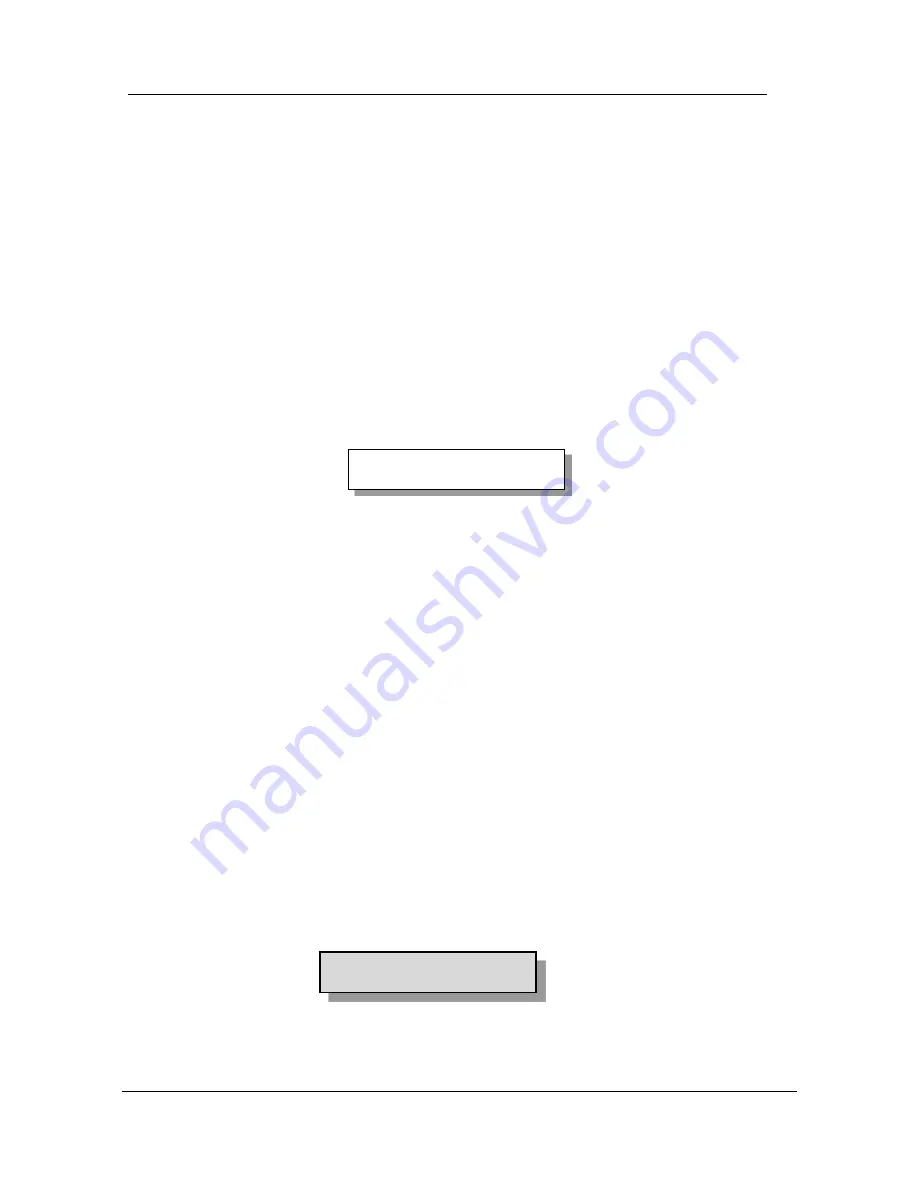
Pilot Operating Handbook
Section 7
TL-2000
Sting
Systems Descriptions
Notice! The information contained in this document is for reference and information only.
The pilot is the final and only responsible party for the safe operation of this aircraft.
31 December 09 / Chg 5
______
7-11
Copyright © 2009 Reproduction of this document or any of its parts is forbidden.
FUEL SYSTEM
The aircraft’s fuel system consists of one vented, 20.5 gallon main tank; two
optional vented, 6 gallon auxiliary wing tanks; a shut-off valve; a fuel filter; an
electric auxiliary pump with green indicator ON light; an engine-driven fuel pump;
and two carburetors. There is also a metered “bleed” return from the fuel pressure
line that returns to the main tank or the intake side of the fuel gascolator.
The shut-off valve located next to the fuel gauge has two positions: OPEN
(vertical) and CLOSED (horizontal). No fuel will be available from the tank when
the valve is in the CLOSED position, but it will be available when in the OPEN
position. When closed, the shut-off valve is designed to touch and “poke” the
pilot’s right leg. The fuel valve is usually allowed to remain in the ON or OPEN
position unless operation requires it to be off.
The fuel shut off can remain in the ON position to
prevent damage of the rubber O-ring by quick rotation.
Fuel will not drain overboard with the fuel shut off in the
ON position. To deny fuel to the engine move the fuel
shutoff to the OFF position.
Fuel is drawn from the main tank through the shut-off valve where it then passes
through the fuel filter. From there the fuel is drawn through the electric-driven
auxiliary pump to the engine-driven pump and then to the carburetors. When the
auxiliary fuel pump is activated, fuel is drawn from the filter and through the by-
pass side of the engine-driven pump, and then sent to the carburetors. Whenever
the auxiliary pump is ON, a green indicator light located on the center instrument
panel will be illuminated.
Ventilation of the fuel tank is provided by a vent line from the top of each tank. The
main vent line runs up the cockpit side of the firewall, is directed downward, and is
exposed outside beneath the cowling. Each of the fuel tanks must receive
ventilation for proper operation. Ensure that no blockage occurs in the vent line by
compression or blocks the exposed end of the line where it protrudes from the
engine cowling or either of the under wing vents for the wing tanks.
The main tank has a 21.5 gallon total capacity when
completely filled to the neck. However,
filling the fuel
NOTE
CAUTION



